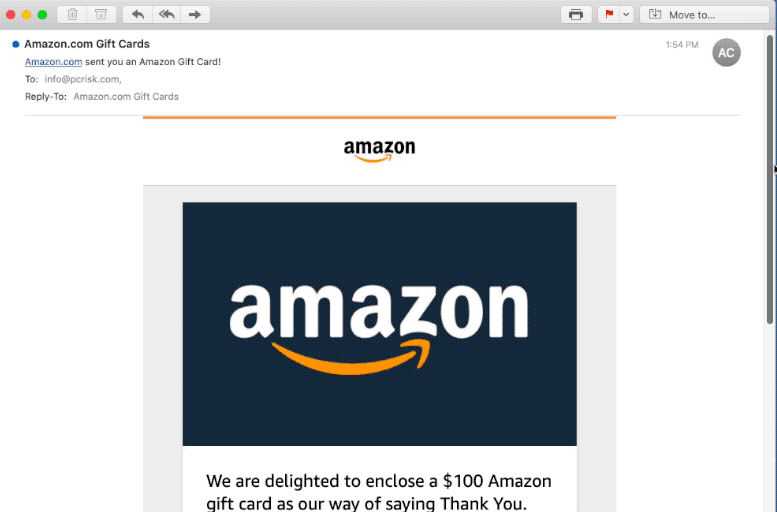What is $100 Amazon Gift Card Email Virus
$100 Amazon Gift Card Email Virus refers to a malicious email campaign that distributes the Dridex malware, a notorious banking trojan that specializes in stealing banking credentials. The email contains a link, that if clicked, would take the user to a website to initiate a download of a file. When the file is opened using Word or Excel, the banking trojan is downloaded onto the computer.
This particular malicious spam campaign is disguised as a $100 gift card to be used on Amazon. “We are delighted to enclose a $100 Amazon gift card as our way of saying Thank You” is the message included in the email. The email doesn’t contain any more information but it does have a “View details” button, which if clicked would lead users to download a certain malicious file. The file that would be downloaded would likely be named Amazon_Gift-Card-109424214.scr, Order_Gift_Card_411022863.doc, or something similar. It’s worth mentioning that the email itself isn’t dangerous as long as users don’t interact with it, click on the link, and download the file.
If users do click on the link, download the file, open it, and click “Enable content/macros” when prompted, the banking trojan would be downloaded and initiated. Since the Dridex malware is a banking trojan, it would immediately try to steal sensitive banking information in order to get unauthorized access to users’ banking accounts. If they succeed, they can make illegal transactions and steal users’ money.
How to recognize potentially malicious emails
When users receive suspicious emails, especially if they contain links or email attachments, the first thing they should inspect is the sender’s email address. In some cases, the email addresses may look like complete nonsense. But when a malicious email is more sophisticated, the sender’s email address looks quite legitimate. Cybercriminals use various tricks to deceive users, including making minor changes to the email addresses of legitimate companies. For example, an additional letter may be added or removed to make it seem like the email address is legitimate. Other tricks include replacing certain letters. For example, the letter “m” may be replaced with “r” and “n” to make a shape similar to the letter “m”. Users who do not carefully inspect the email addresses could easily miss this. A good way to check whether an email address actually belongs to whomever the sender claims to be is to do simple research using a reliable search engine.
In many cases, an abundance of grammar and spelling mistakes give away malicious emails. It becomes quite obvious that something is not right when the sender claims to be from a legitimate company but the email contains loads of mistakes in it. But in this particular case, the email, surprisingly, lacks obvious mistakes. This makes it seem like a more sophisticated malicious spam attempt. That is to be expected considering that the distributed malware is operated by a notorious group of cybercriminals.
The biggest giveaway that this email may be malicious is the fact that Amazon does not send its users gift cards for no reason. And if by chance it were to actually happen, Amazon certainly would not send the gift card via email.
Considering the amount of malware distributed via email attachments and links in emails, users need to be very careful when engaging with unsolicited or otherwise unfamiliar emails. Opening unsolicited email attachments without first scanning them with an anti-virus program or VirusTotal is not a good idea, as is clicking on unknown links. Users can check where a link would take them before clicking on it by simply hovering over it with the mouse. The actual link to the website would appear at the bottom of the screen.
$100 Amazon Gift Card Email Virus removal
If you received the email but did not engage with it in any way, you can simply remove $100 Amazon Gift Card Email from your inbox. However, if you clicked on the link and downloaded something, your computer is likely infected with Dridex malware. Your next course of action should be to scan your computer with reliable anti-malware software. Keep in mind that if your computer is indeed infected with the Dridex malware, your banking information may have been compromised. You should change your login credentials immediately, as well as review your banking statements in case any unauthorized transactions were made.
Offers
Download Removal Toolto scan for $100 Amazon Gift Card Email VirusUse our recommended removal tool to scan for $100 Amazon Gift Card Email Virus. Trial version of provides detection of computer threats like $100 Amazon Gift Card Email Virus and assists in its removal for FREE. You can delete detected registry entries, files and processes yourself or purchase a full version.
More information about SpyWarrior and Uninstall Instructions. Please review SpyWarrior EULA and Privacy Policy. SpyWarrior scanner is free. If it detects a malware, purchase its full version to remove it.

WiperSoft Review Details WiperSoft (www.wipersoft.com) is a security tool that provides real-time security from potential threats. Nowadays, many users tend to download free software from the Intern ...
Download|more


Is MacKeeper a virus? MacKeeper is not a virus, nor is it a scam. While there are various opinions about the program on the Internet, a lot of the people who so notoriously hate the program have neve ...
Download|more


While the creators of MalwareBytes anti-malware have not been in this business for long time, they make up for it with their enthusiastic approach. Statistic from such websites like CNET shows that th ...
Download|more
Quick Menu
Step 1. Uninstall $100 Amazon Gift Card Email Virus and related programs.
Remove $100 Amazon Gift Card Email Virus from Windows 8
Right-click in the lower left corner of the screen. Once Quick Access Menu shows up, select Control Panel choose Programs and Features and select to Uninstall a software.
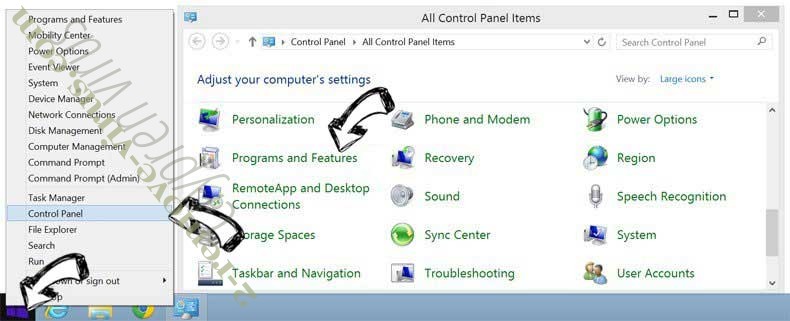

Uninstall $100 Amazon Gift Card Email Virus from Windows 7
Click Start → Control Panel → Programs and Features → Uninstall a program.
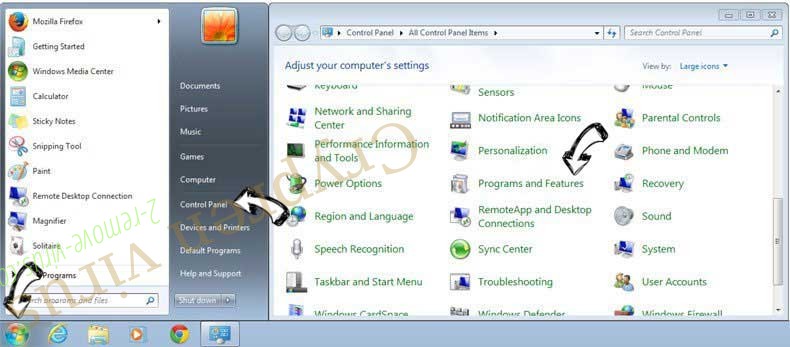

Delete $100 Amazon Gift Card Email Virus from Windows XP
Click Start → Settings → Control Panel. Locate and click → Add or Remove Programs.
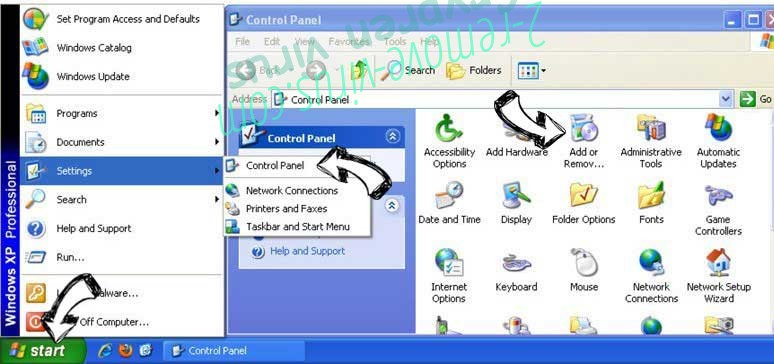

Remove $100 Amazon Gift Card Email Virus from Mac OS X
Click Go button at the top left of the screen and select Applications. Select applications folder and look for $100 Amazon Gift Card Email Virus or any other suspicious software. Now right click on every of such entries and select Move to Trash, then right click the Trash icon and select Empty Trash.
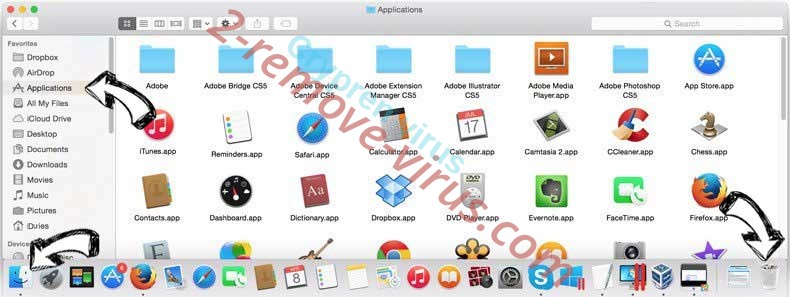

Step 2. Delete $100 Amazon Gift Card Email Virus from your browsers
Terminate the unwanted extensions from Internet Explorer
- Tap the Gear icon and go to Manage Add-ons.

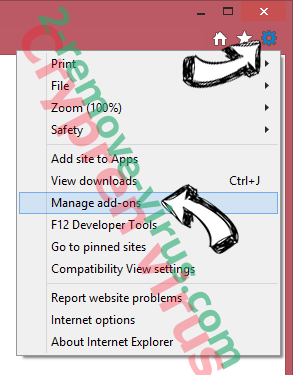
- Pick Toolbars and Extensions and eliminate all suspicious entries (other than Microsoft, Yahoo, Google, Oracle or Adobe)

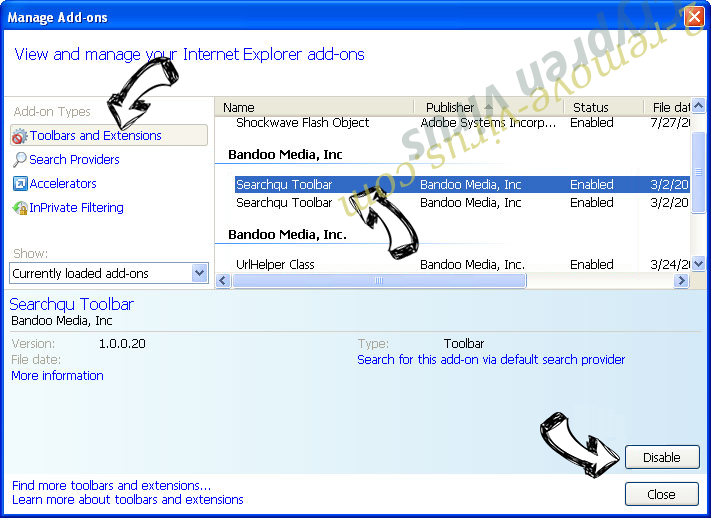
- Leave the window.
Change Internet Explorer homepage if it was changed by virus:
- Tap the gear icon (menu) on the top right corner of your browser and click Internet Options.

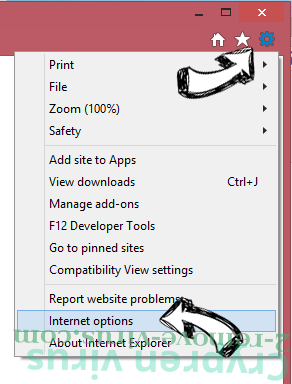
- In General Tab remove malicious URL and enter preferable domain name. Press Apply to save changes.

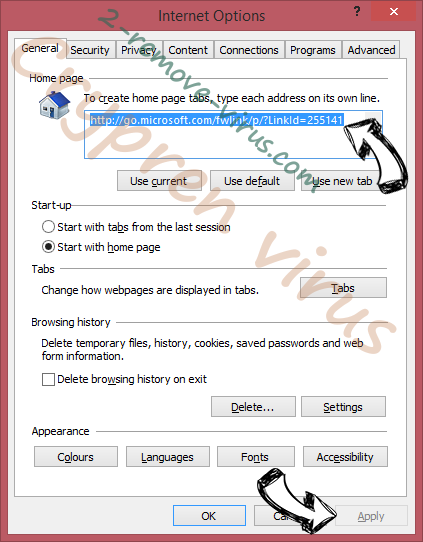
Reset your browser
- Click the Gear icon and move to Internet Options.

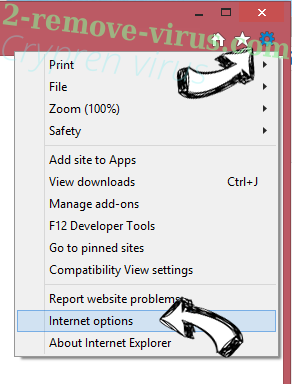
- Open the Advanced tab and press Reset.

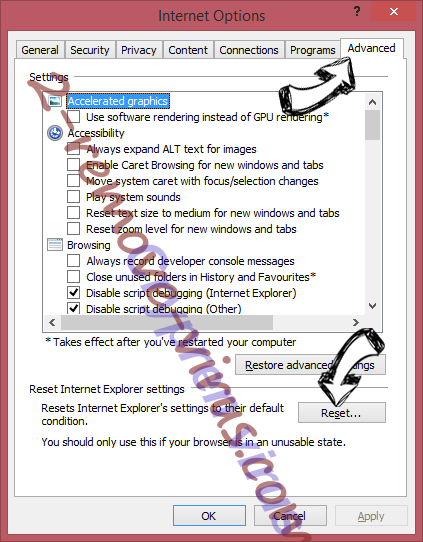
- Choose Delete personal settings and pick Reset one more time.

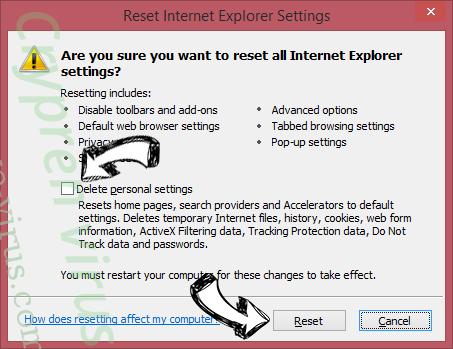
- Tap Close and leave your browser.

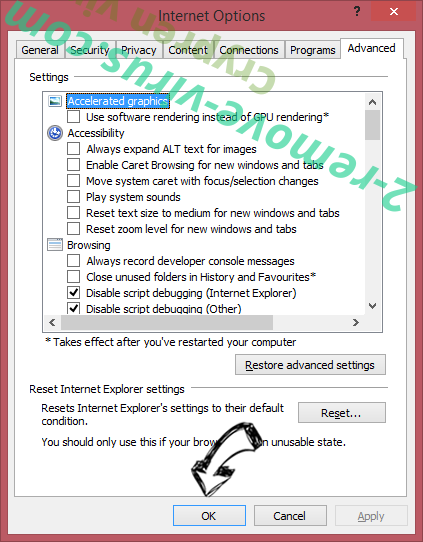
- If you were unable to reset your browsers, employ a reputable anti-malware and scan your entire computer with it.
Erase $100 Amazon Gift Card Email Virus from Google Chrome
- Access menu (top right corner of the window) and pick Settings.

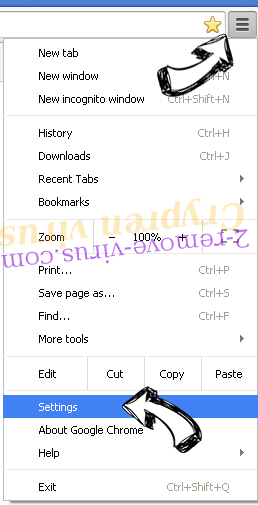
- Choose Extensions.

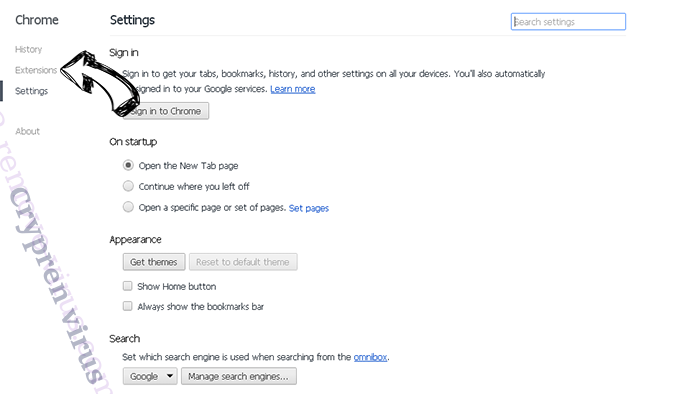
- Eliminate the suspicious extensions from the list by clicking the Trash bin next to them.

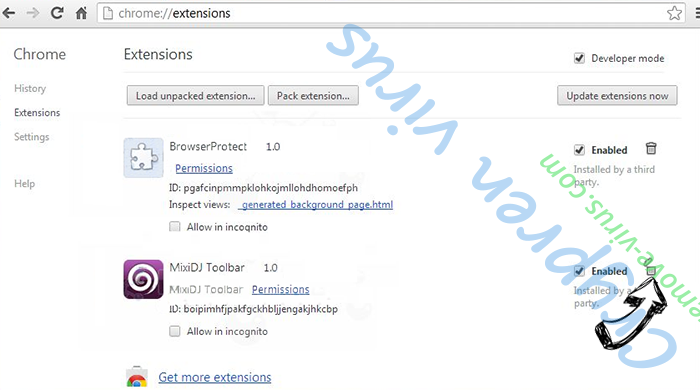
- If you are unsure which extensions to remove, you can disable them temporarily.

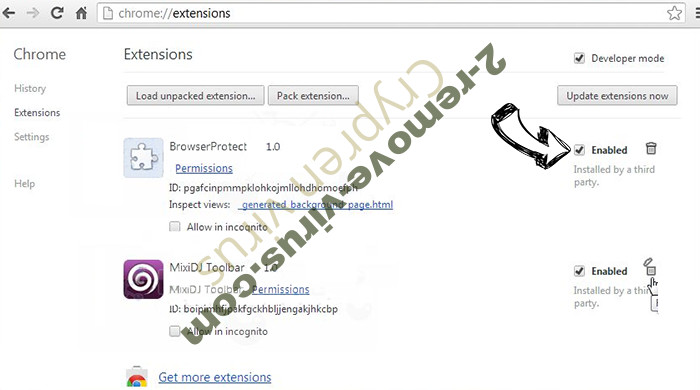
Reset Google Chrome homepage and default search engine if it was hijacker by virus
- Press on menu icon and click Settings.

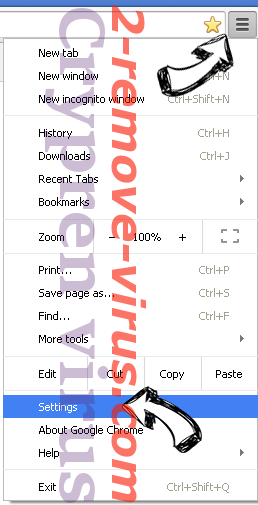
- Look for the “Open a specific page” or “Set Pages” under “On start up” option and click on Set pages.

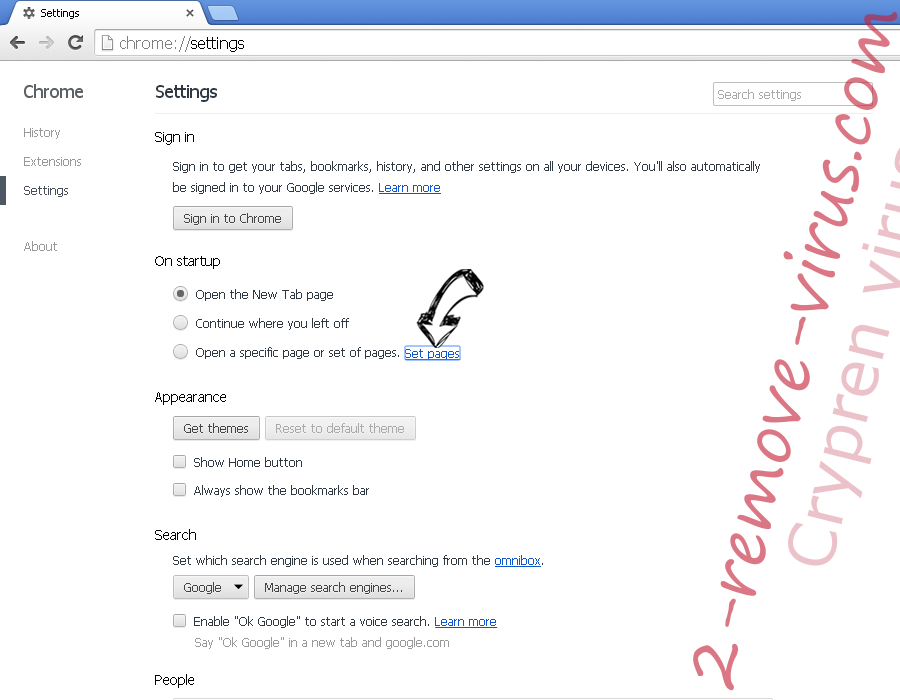
- In another window remove malicious search sites and enter the one that you want to use as your homepage.

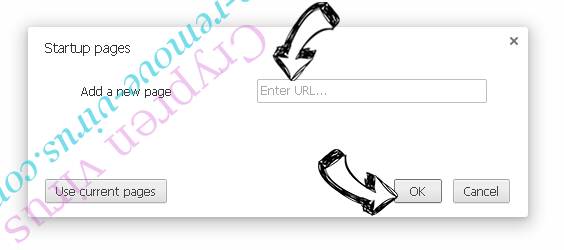
- Under the Search section choose Manage Search engines. When in Search Engines..., remove malicious search websites. You should leave only Google or your preferred search name.

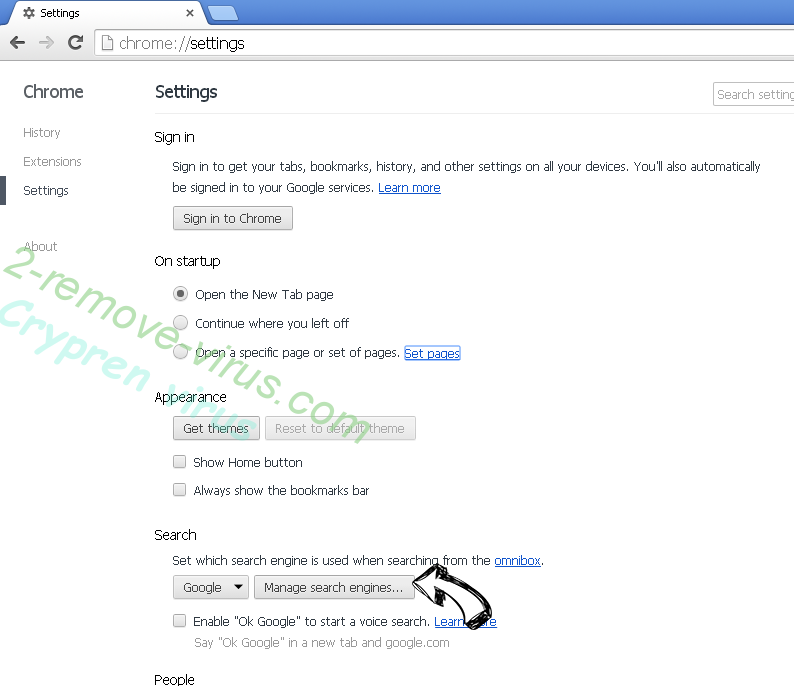

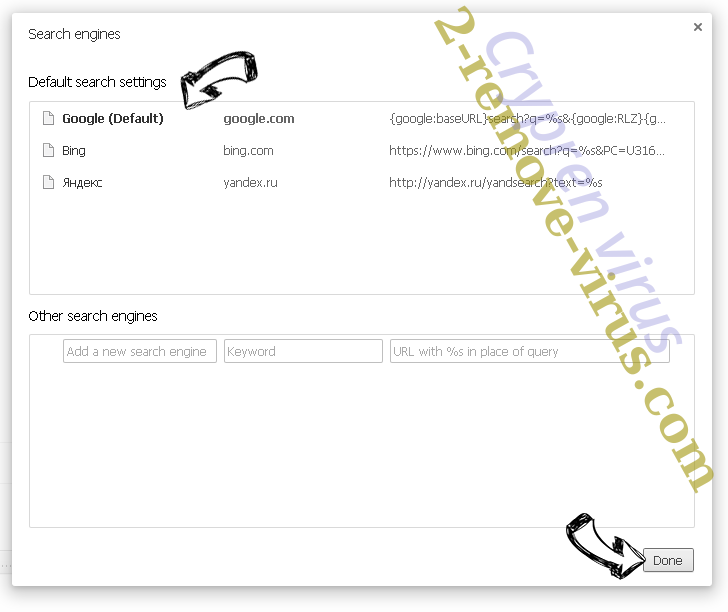
Reset your browser
- If the browser still does not work the way you prefer, you can reset its settings.
- Open menu and navigate to Settings.

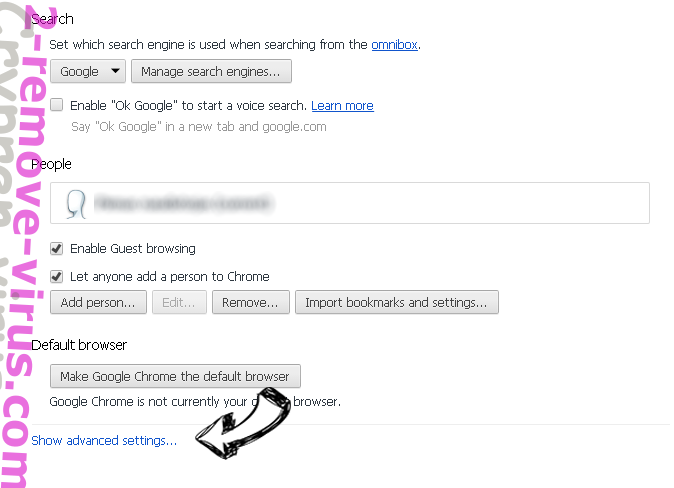
- Press Reset button at the end of the page.

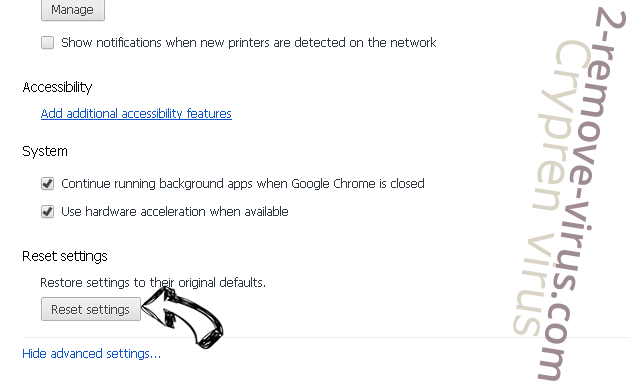
- Tap Reset button one more time in the confirmation box.

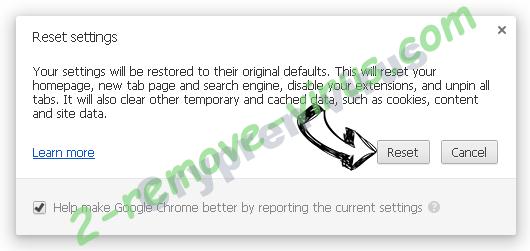
- If you cannot reset the settings, purchase a legitimate anti-malware and scan your PC.
Remove $100 Amazon Gift Card Email Virus from Mozilla Firefox
- In the top right corner of the screen, press menu and choose Add-ons (or tap Ctrl+Shift+A simultaneously).

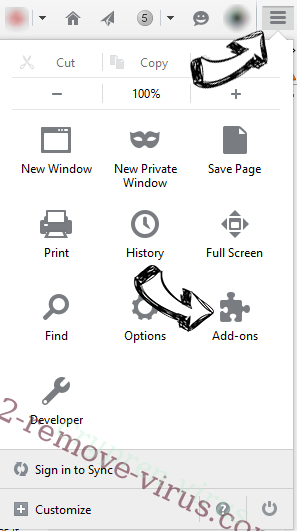
- Move to Extensions and Add-ons list and uninstall all suspicious and unknown entries.

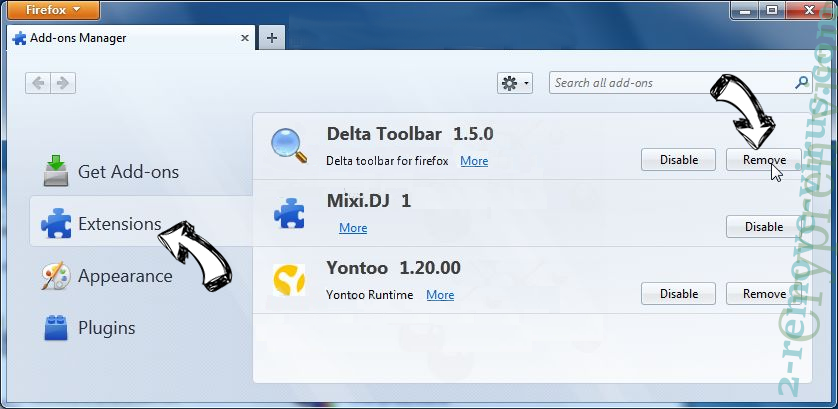
Change Mozilla Firefox homepage if it was changed by virus:
- Tap on the menu (top right corner), choose Options.

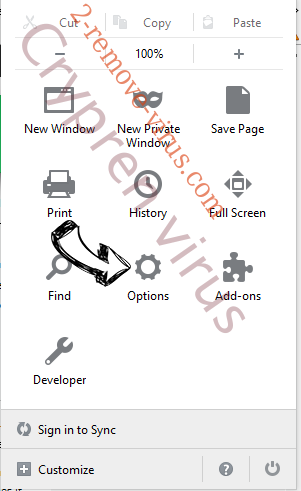
- On General tab delete malicious URL and enter preferable website or click Restore to default.

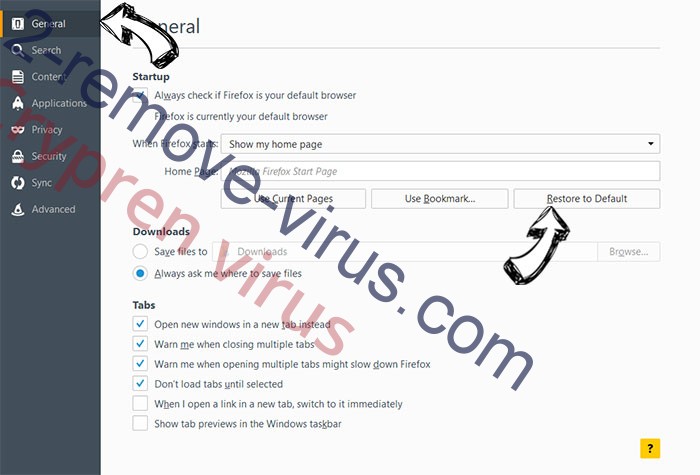
- Press OK to save these changes.
Reset your browser
- Open the menu and tap Help button.

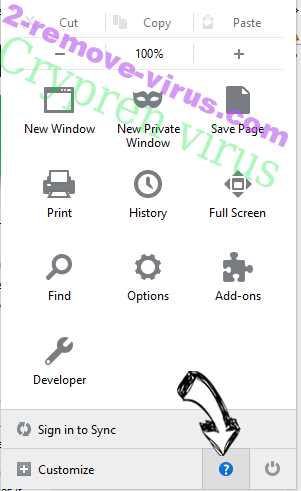
- Select Troubleshooting Information.


- Press Refresh Firefox.

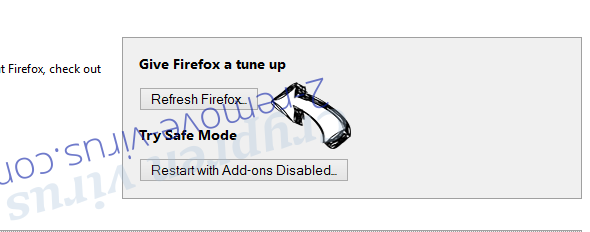
- In the confirmation box, click Refresh Firefox once more.

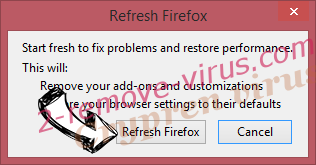
- If you are unable to reset Mozilla Firefox, scan your entire computer with a trustworthy anti-malware.
Uninstall $100 Amazon Gift Card Email Virus from Safari (Mac OS X)
- Access the menu.
- Pick Preferences.

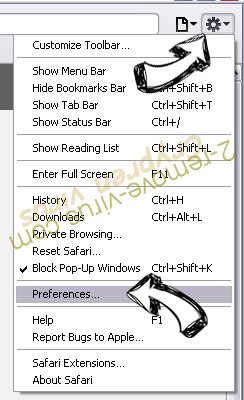
- Go to the Extensions Tab.

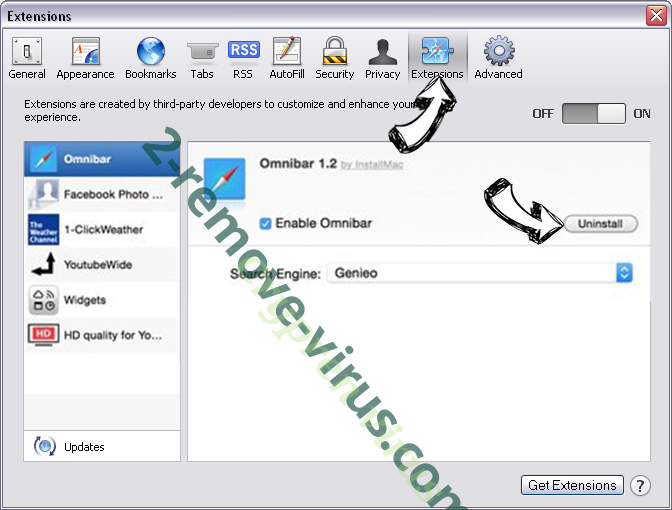
- Tap the Uninstall button next to the undesirable $100 Amazon Gift Card Email Virus and get rid of all the other unknown entries as well. If you are unsure whether the extension is reliable or not, simply uncheck the Enable box in order to disable it temporarily.
- Restart Safari.
Reset your browser
- Tap the menu icon and choose Reset Safari.

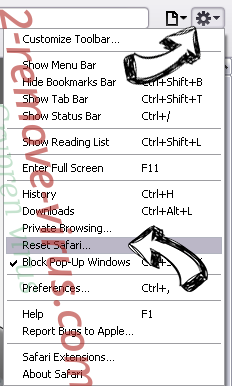
- Pick the options which you want to reset (often all of them are preselected) and press Reset.

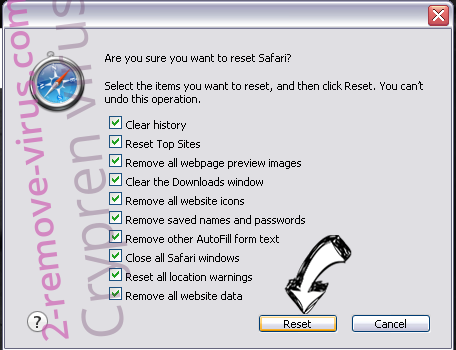
- If you cannot reset the browser, scan your whole PC with an authentic malware removal software.
Site Disclaimer
2-remove-virus.com is not sponsored, owned, affiliated, or linked to malware developers or distributors that are referenced in this article. The article does not promote or endorse any type of malware. We aim at providing useful information that will help computer users to detect and eliminate the unwanted malicious programs from their computers. This can be done manually by following the instructions presented in the article or automatically by implementing the suggested anti-malware tools.
The article is only meant to be used for educational purposes. If you follow the instructions given in the article, you agree to be contracted by the disclaimer. We do not guarantee that the artcile will present you with a solution that removes the malign threats completely. Malware changes constantly, which is why, in some cases, it may be difficult to clean the computer fully by using only the manual removal instructions.
